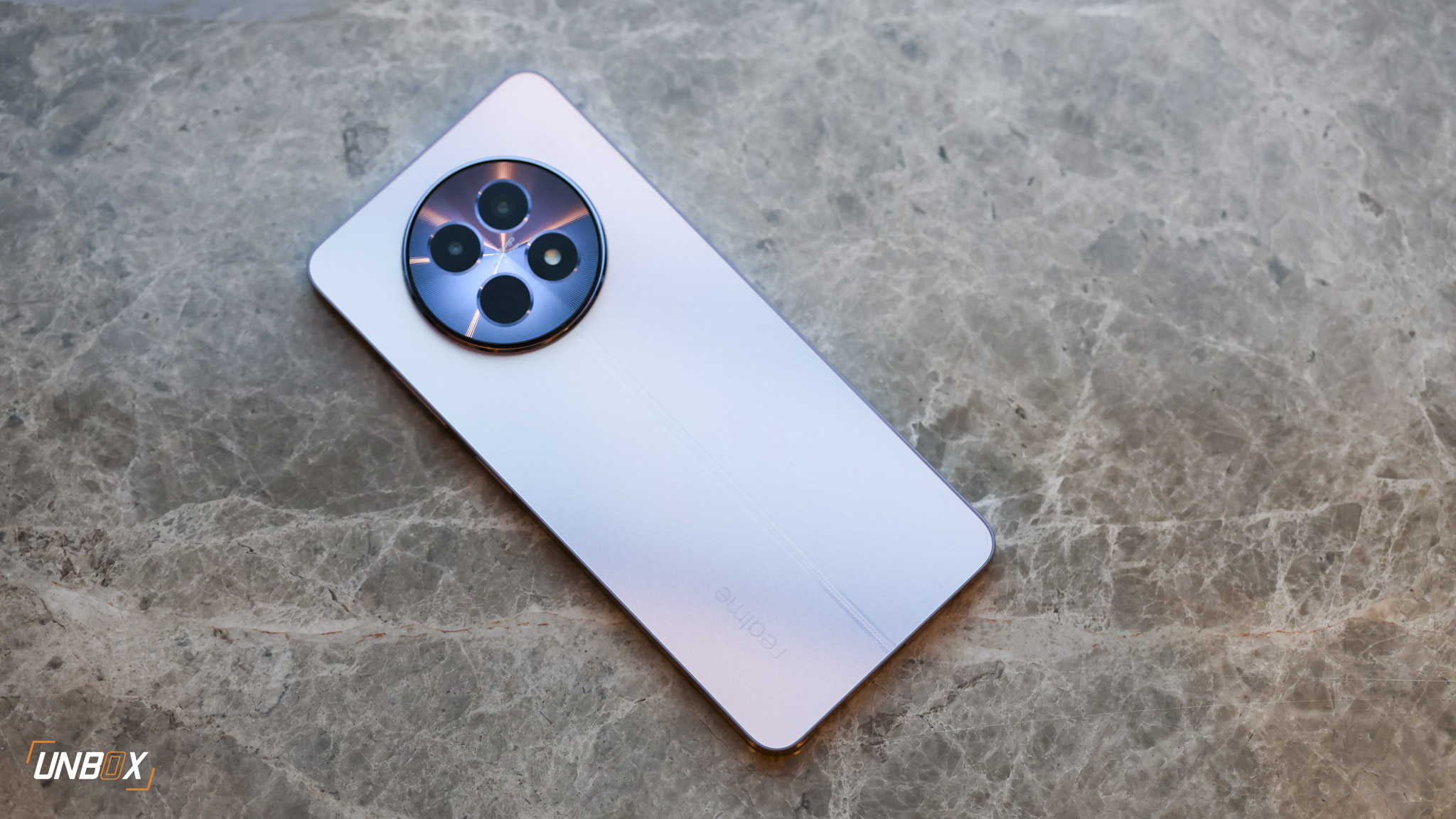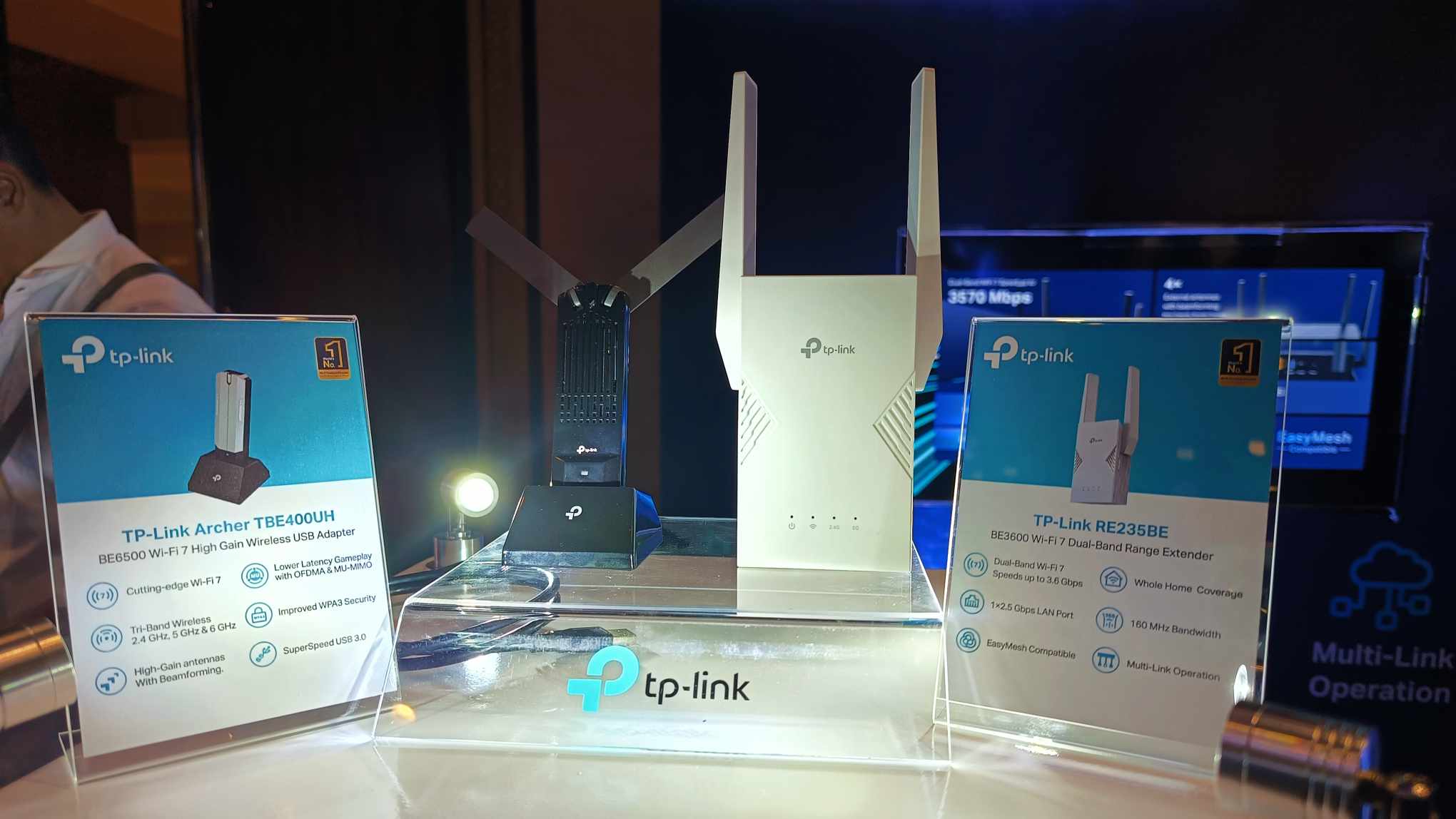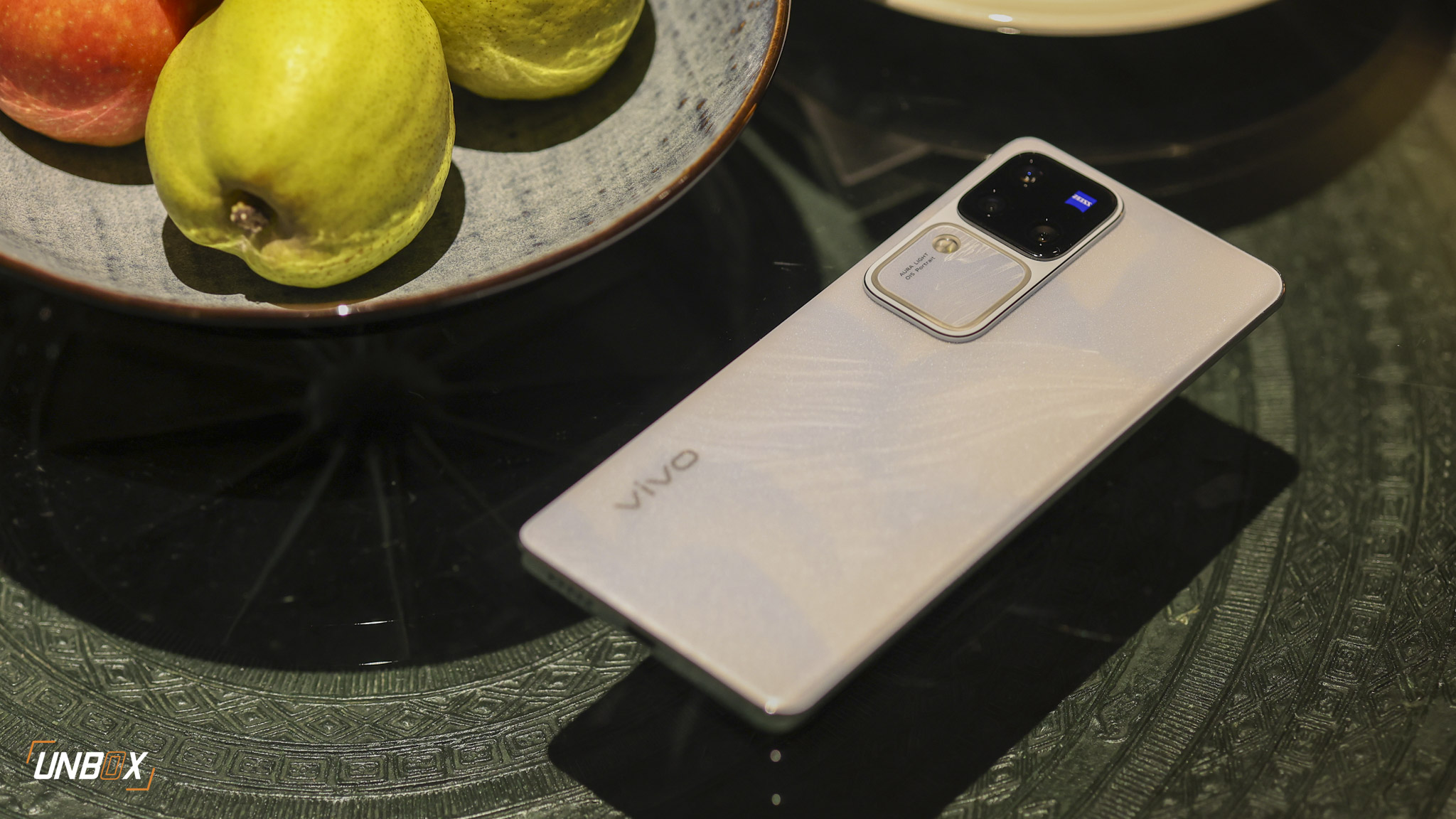Let’s take a look at the processor that’ll power the next Mate
Huawei is set to launch the next generation of their Mate series in a few weeks and with it the global debut of their latest flagship processor, the Kirin 980. Like the Kirin 970 before it, the Kirin 980 is a large technological leap in terms of raw power, AI computational abilities as well as power efficiency.
Huawei has made no secret of their love for artificial intelligence in phones, first dabbling with the tech in the Kirin 960 that powered the Mate 9 and P10 whose rallying cries were “born fast, stay fast” thanks to the AI smarts inside of them. Things really came to a head with the Kirin 970 which was the first chipset to have a dedicated NPU or neural processing unit, which allowed phones equipped with the processor to have fast, on-machine AI capabilities that ultimately meant better photos, battery life, and performance.

The Kirin 980 takes things up a notch by putting two NPUs inside of it for faster and better AI functions. Because of this, the chipset is now able to distinguish movement of multiple people in a camera’s frame and predict where they’re going to, which allows it to correctly focus the cameras in fast-moving scenes.
Adding a second APU also means that the chipset is now able to discern things in greater detail and is capable of not only recognizing distinct scenes and vistas but individual objects in a frame as well.
Aside from its AI capabilities, the Kirin 980 is remarkable in that it’s one of the first, if not the first, chipset to be made with a 7nm process. In layman’s terms, the smaller the production process the more power-efficient a chip is. Current generation chips like Qualcomm’s Snapdragon 845 are built on a 10nm process.
https://www.youtube.com/watch?v=6Ch1Tb44F14
A processor built on the 7nm process is around 20 percent faster and 40 percent more power efficient than one built on a 10nm process, which means better performance that doesn’t completely drain your battery. Aside from a far smaller manufacturing process than its peers, the new Kirin 980 chipset also uses a three-tiered system for its eight cores. Previous chipsets relied on ARM’s big.LITTLE setup, where four cores are split into two segments to handle low-power and high power tasks. The 980 splits the load between three segments: two are for turbo-performance, two are for long-term performance and the last four are used when the phone is idling or is not under load.
Huawei has made sure that the Kirin 980 is capable of powering gaming-oriented handsets as well, as the new chipset uses the new Mali-G76 GPU. According to them, the new GPU has 46 percent more graphics processing power than previous iterations and has 178 percent better power efficiency. The NPUs in the Kirin 980 also aids with gaming performance, as it can intelligently identify the performance bottlenecks by reading the frame rate, frame time, user input and processor workload, and adjust accordingly in real time. As a result, a phone powered by the Kirin 980 will be capable of delivering 60FPS with games like NBA 2K18, at least according to Huawei.

Aside from improvements in battery life and performance, Huawei is also promising better overall camera performance thanks to a brand new image signal processor, or ISP. Their proprietary fourth-generation ISP is geared towards multi-camera setups, all-new HDR color reproduction technology that can manipulate picture contrast to highlight objects on various parts of an image.
The new ISP also boasts 97.4 percent tracking accuracy when following moving objects, which should make taking photos of fast-moving subjects a breeze.
There’s also plenty of improvements when it comes to wireless connectivity. The Kirin 980 is the firsts chipset that supports LTE Category 21 (which supports downlinks of 1.4Gbps). It also has the world’s fastest wireless WiFi modem, capable of speeds of up 160Mb. The chipset
supports a theoretical maximum download speed of 1.7Gps—which is 1.7 times the industry standard.
Huawei’s new chipset is certainly impressive on paper. Class-leading AI capabilities, a brand new GPU, 7nm lithography as well as ultra-fast wireless capabilities elevate whatever device its put in into a class of its own.




































































